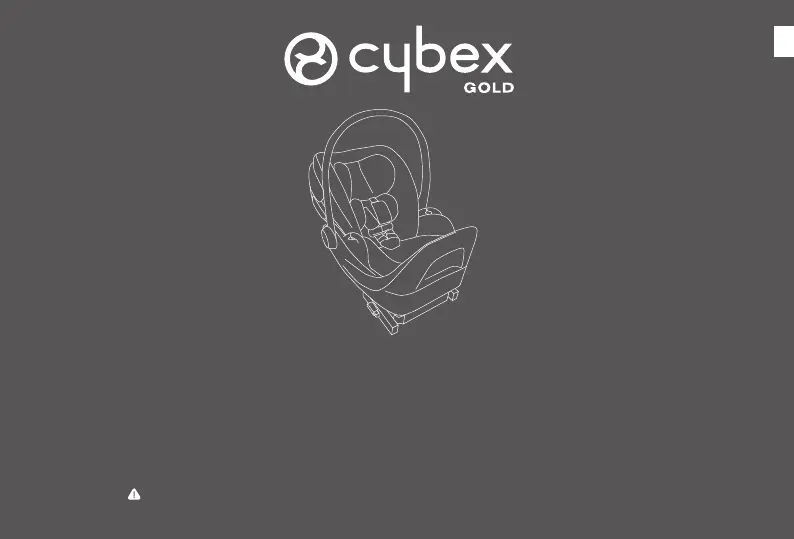Cybex Cloud G Lux Bruksanvisning
Cybex
Bilbarnstol
Cloud G Lux
Läs gratis den bruksanvisning för Cybex Cloud G Lux (88 sidor) i kategorin Bilbarnstol. Guiden har ansetts hjälpsam av 18 personer och har ett genomsnittsbetyg på 4.7 stjärnor baserat på 9.5 recensioner. Har du en fråga om Cybex Cloud G Lux eller vill du ställa frågor till andra användare av produkten? Ställ en fråga
Sida 1/88

EN
CLOUD G/CLOUD G LUX Infant Car Seat
Owner’s Manual
READ this Owner’s Manual carefully before rst use, and keep it for future reference.
Produktspecifikationer
| Varumärke: | Cybex |
| Kategori: | Bilbarnstol |
| Modell: | Cloud G Lux |
Behöver du hjälp?
Om du behöver hjälp med Cybex Cloud G Lux ställ en fråga nedan och andra användare kommer att svara dig
Bilbarnstol Cybex Manualer

1 April 2025

30 December 2025

30 December 2025

30 December 2025

15 December 2024

15 December 2024

9 December 2024

22 September 2024

22 September 2024

22 September 2024
Bilbarnstol Manualer
- Lionelo
- Walser
- Baby Jogger
- Casualplay
- Bugaboo
- X-Adventure
- Stokke
- Hema
- Gesslein
- Giordani
- Chipolino
- Recaro
- Graco
- Kiwy
- Axkid
Nyaste Bilbarnstol Manualer

2 April 2025

2 April 2025

28 Februari 2025

8 Februari 2025

6 Februari 2025

27 Januari 2025

10 Januari 2025

7 Januari 2025

7 Januari 2025

4 Januari 2025